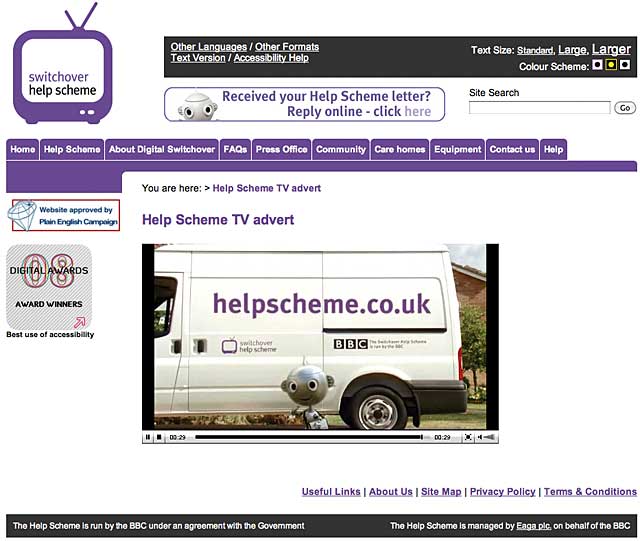The State of Digital Television (DTV) in Europe
When the U.S. completed its digital television transition in mid-2009, a number of questions were still left unanswered, including questions about the use of spectrum and how to address the have-nots who had limited budgets to buy the new, shiny flat-panel digital television sets.
A similar set of questions is brewing across Europe, where each country has its own challenges when it comes to the ongoing digital television transition. Let’s look at a few of these questions, both from a “lessons learned” U.S. perspective as well as a “what’s to come” European perspective.
What Happens to the Analogue Spectrum?
That question was raised numerous times in 2010, primarily by mobile handset and data service providers who wanted access to the relatively low frequencies in order to expand their coverage areas. Much of the analogue spectrum was sold off to mobile service providers, with the promise that it would be used to build out faster data networks, including some of the “4G” or Long Term Evolution (LTE) networks that are being touted by AT&T, Verizon, and, perhaps, even Google.
The question of spectrum reallocation continued to be raised throughout 2010, in a slightly different form from the one we had identified in the 2010 Sourcebook: what happens if all the terrestrial over-the-air (OTA) broadcast spectrum is not filled? Could broadcasters use it for other purposes, or must they abandon it?
As OTA broadcasters moved towards the analogue cutoff date in the U.S., each broadcaster was allocated a spectrum band capable of delivering approximately 19Mbps, or enough for one high-definition (HD 1080p) digital transmission. When it came time to drop analogue support, however, many OTA broadcasters opted to use the bandwidth to send out several standard definition (SD) signals, as they could send up to four SD signals in the space of one SD signal. The general wisdom was that the consumer would be amazed enough by the digital transmission to not even notice that it wasn’t HD.
The problem with this approach was that mobile handset and data service providers smelled blood in the water and approached government officials with a scheme that allowed the service providers to retrieve the “additional” spectrum if broadcasters were not broadcasting in HD. In reality, this scheme also cuts off the potential for broadcasters to multicast video “channels” or even video alerts to DVB-equipped mobile handsets, as a multicast scenario for broadcasters would significantly eat into the data service usage of the mobile handset providers.
In the U.K. and across Europe, this question has not come to the fore, but we expect it will begin to do so when the majority of European countries have reached the analogue cutoff date each country has established.
Will Consumers Buy Shiny New Tellys?
In the U.S., the government implemented a programme that was only slightly successful: provide a $40 voucher for use on a digital-to-analogue converter box. The voucher came in the form of a one-time-use, prepaid debit card that stopped working completely if the sales assistant rang it up wrong when redeemed; then you would have to send away for another card. I personally had two cards, neither of which worked, and finally gave up on the process.
Even if the voucher worked, the analogue signal on the converter box was limited to composite or S-video analogue (no component, SCART, or other types of higher-quality analogue signals, for fear of someone ripping off an analogue version of a high-definition video signal). So while the programme had good intentions, it seldom brought the digital viewing experience that customers wanted, opening an opportunity to sell quadrature amplitude modulation (QAM)-tuner-based HDTV flat panels to the general public, even while many over-the-air (OTA) broadcasters were only using their spectrum to send standard definition digital video transmissions.
Fast-forward to early 2011, and there’s a predictable slump in television sales in the U.S., even as flat-panel prices have fallen off considerably to make way for the premium 3D HDTVs that also aren’t selling quite so well.
“By now, most Americans have taken the leap and tossed out their old boxy televisions in favor of sleek flat-panel displays,” a New York Times article declared the day before the opening of the 2011 Consumer Electronics Show in Las Vegas. “Now manufacturers want to convince those people that their once-futuristic sets are already obsolete.”

To help citizens who might not be able to afford new digital TVs, the U.K. has set up the Digital Switchover Help Scheme.